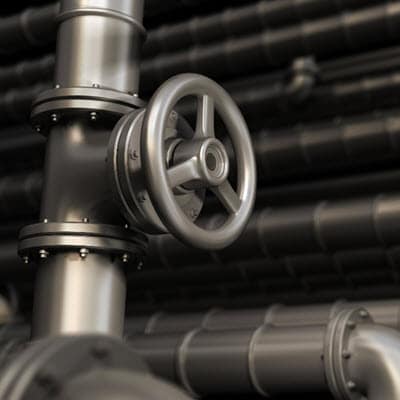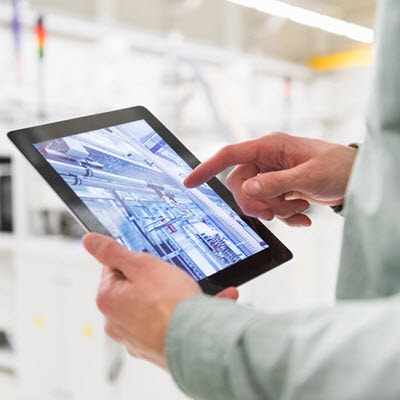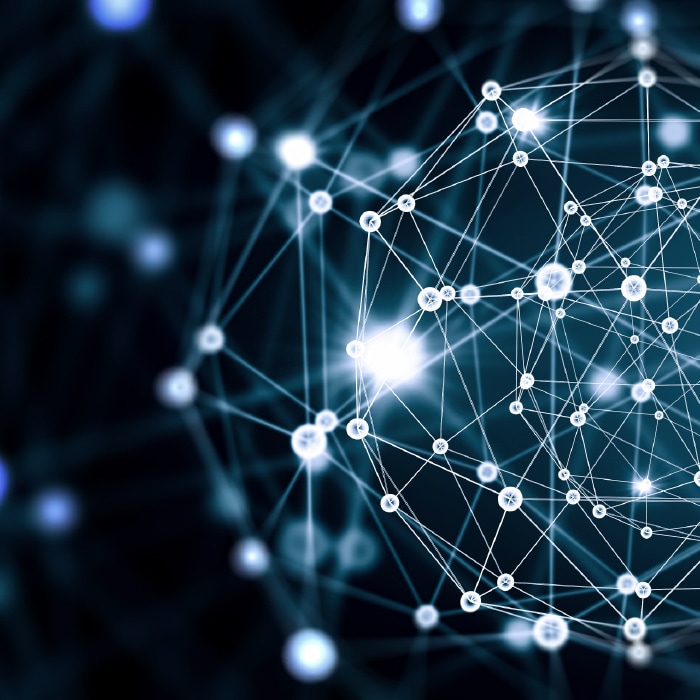Internet of Things for digital utilities has been saved

Perspectives
Internet of Things for digital utilities
Explore use cases and perspectives
The Internet of Things (IoT) is the network of physical objects connected to the Internet. Wearable devices, vehicles, equipment, buildings, and just about any other thing can be embedded with electronics, software, sensors, and network connectivity. The ability to transfer data without requiring human interaction enables previously unprecedented amounts of data to be collected and exchanged with other devices, or through a central platform. Increasingly, forward-thinking organizations are focusing their IoT initiatives less on underlying sensors, devices, and "smart" things and more on developing bold approaches for managing data, leveraging IoT infrastructure, and developing new business models.
Explore content
- Sensors at unmanned locations
- Virtual power plants
- Mobile visualization
- Live fabrication
- Get in touch
Sensors at unmanned locations
Use of sensors at unmanned locations can reduce labor hours in inspection.
Sensors could be installed at unmanned locations (such as substations, hydro dams, or pumping stations) to reduce labor hours in inspection. These sensors would send data back to a monitoring stations, drive maintenance actions, and would help advance a company to CBM or PdM techniques versus calendar-based or run to fail. Implementing sensors would reduce labor costs, decrease inspection frequency, and increase data collection capability for additional analytics.

Virtual power plants
A virtualized central control operation for a network of decentralized power generation methods.
A virtual power plant consists of a central IT control system and distributed energy resources (often renewable energy resources like solar, wind, hydropower, and biomass units) as well as flexible power consumers. By networking all participating units through a remote control unit, it establishes a data transfer between the central control system and the participating units. The central control system is then able to monitor, forecast, and dispatch the networked units. A virtual power plants aims at smoothly integrating a high number of renewable energy units into existing energy systems. It does so by offering flexibility coming from all networked units (e.g. ramping up and down power production and power consumption on short notice for frequency control). Additionally, power traders within a Virtual Power Plant are able to use live data to enhance forecasting and trading of renewable energies. As a result, virtual power plants gradually take over the role of traditional power plants—selling their output on wholesale markets and assuming responsibility for a balanced grid.

Mobile visualization
Mobile devices increase information flow and efficiency.
Mobile devices transfer information efficiently, reduce paper documentation, and allow for increased effectiveness in the field. Employees are sent digital checklists to their mobile device to ensure they have the necessary equipment and supplies to complete the task and include the required steps to complete a task. Mobile devices integrate with various legacy utility systems to coordinate efforts in real time. Devices can use sensors to aid human performance through QR code recognition, OCR, and two way communication with remote experts. Digital checklists maximizes task completion rate and potentially reduce human error. Additionally, mobile devices can record the activity being completed for regulatory evidence and training purposes.

Live fabrication
Monitor construction progress in real time.
Employing sensors and digital technologies can help monitor and measure progress of earned value, status & location of assets, percent radiography, PWHT, and other testing or treatment in real-time. Measurements can improve project management and help ensure contractors are compliant and paid appropriately to terms of contracts. This will help reduce project delivery, financial, reputational, and fraud risks.

Connected customers
The transformation imperative for utilities in a digitally disrupted world
The Internet of Things (IoT) is beginning to transform the power and utilities industry, with customers, employees, and assets all becoming increasingly connected. The connected home has started to take off in both consumers' minds and their living rooms. A recent Deloitte survey suggests that 52 percent of people own some form of connected device and 66 percent agree that connected technology has the potential to transform their lives. Energy companies are well placed to realize the true promise of the connected home and help move customers beyond basic remote control but they need to be clear about where to play. Opportunities exist across the value chain and each has different organizational implications.
Find out how the connected customer will drive change in the industry and what energy companies should do to respond in this full report.


